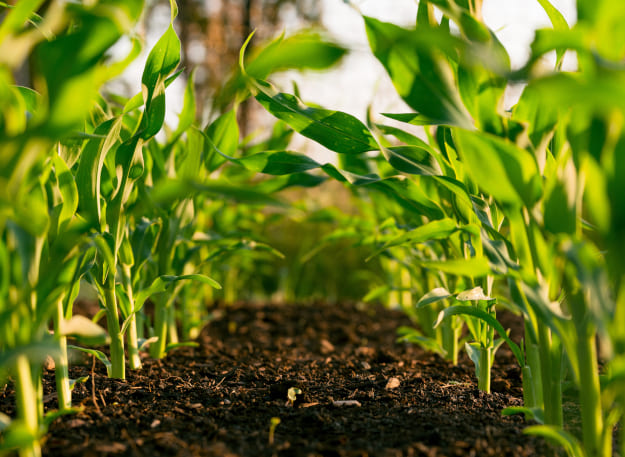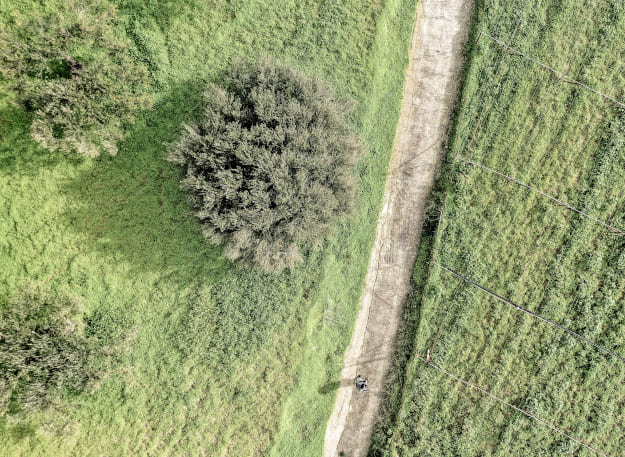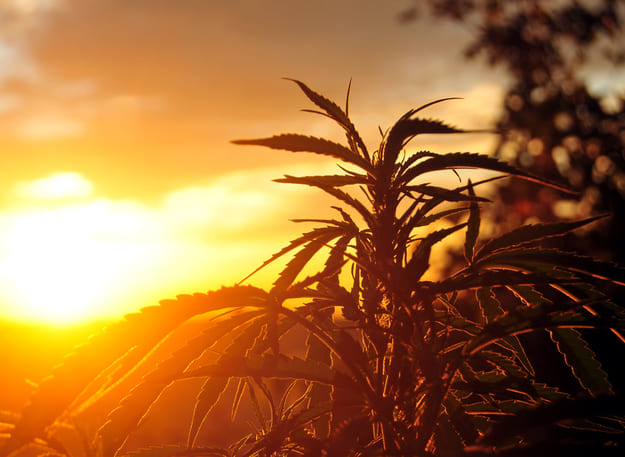SUSTAINABILITY AT KRUSWISS
Home > Sustainability
Good Agricultural Practices
KruSwiss is committed to ensure sustainable production of agricultural products with our partners to enable a consistent supply of its crops, meeting customers and consumers quality expectations and regulatory requirements.
We believe in sustainable farming, in having an efficient and competitive production of quality crops in conditions that minimize as much as possible the impact on the natural environment, and that improves the socioeconomic conditions of the people and communities involved in its production. A sustainable production is the natural outcome when Good Agricultural Practices are consistently applied.
We trust in a continuous improvement approach. We put emphasis in the impacts of our agricultural supply chain, the environment, workers, their families and the communities where our agro-products are grown. We work contiguously in identifying, mitigating risks, reducing the potential negative impacts and identifying opportunities for creating positive ones.


Traceability
From the farming standpoint, we define traceability as the ability to trace and follow agricultural products through all different stages of production from farm (outdoor), greenhouse or indoor to its processing and shipment.
In the context of sustainability, we define traceability as the ability to identify and trace the history, distribution, location and application of products, parts and materials in the areas of human rights, labor and environment.
Traceability enables following the agricultural product through the supply chain stages, including who and where the product is grown, how much was grown, how it was grown, what impacts growing activities had on the people involved and the environment and what product/s it was turned into.
SEED/CULTIVAR SELECTION & INTEGRITY
The right cultivar selection is the foundation for achieving the desired product quality and chemical characteristics.
Ensuring the proper cultivars selection is fundamental for the any crop from an agronomic, environmental, quality and economic perspective. We understand the agronomic acceptance criteria specific for our sourcing countries, growing regions, soils and climatic conditions. This includes the performance of the cultivars from a yield, nutritional needs and principally, quality standpoint. All these in accordance with requirements from a regulatory and customer perspective.


Soil Health
We aim at protecting the soils of our partners, avoiding the arable land lost due to surface sealing, contamination, or mismanagement, and preserved or enhanced soil fertility to give the crop ideal conditions to develop.
Soils is a non-renewable and limited resource. Healthy soils are the foundation for the long-term sustainability of farming and are one of the main assets of our operation. The risk of soil physical and chemical degradation is assessed and managed. Soil conservation and improvement is crucial to attain the desired quality, increase or sustain yield while optimizing crop inputs usage, and thus maintain farming opportunities for the years to come.
Agricultural supply chains are subject to soil health related risks and challenges including but not limited to, soil productivity, degradation and contamination.
Understanding the chemical, biological and physical composition of our soils is critical to have an evidence-based recommendation of the nutritional requirements needed for our crops. Soil type and texture, content of organic matter, compaction and pH have an impact as well in nutrients needs and application recommendations. We conduct frequent soil sampling and analyses to identify potential soil productivity and degradation challenges.
Regenerative Agriculture & Practices
“A nation that destroys its Soil destroys itself” this quote from a letter of President Roosvelt in 1937 following the infamous Dust Bowl has never echoed as powerfully as today. With 60 years of soil or 60 harvests left to Humanity, it is time to act and revert this worrisome trend.
The Soil is a dynamic living environment and modern research has highlighted the need to welcome and foster biology in it. Environment respectful practices are necessary if we are to increase and maintain plant health and subsequently Human health.
It is in this context that a holistic approach must be undertaken to tackle the challenges of soil erosion, soil degradation and biodiversity loss. For this purpose, an array of techniques is available, ranging from living covers, no-till to compost, among others.
Under the umbrella of Soil protection lays a palette of benefits for the environment and a myriad of well needed savings for farmers that embrace regenerative agriculture.
Reduced tillage or no-tillage allows for less disturbances in the soil which in turn allows complex biology to settle in. Carbon is sequestered instead of being released and water holding capacity increases drastically, for each 1% of Organic Matter added in the soil, an extra 225’000 liters per hectare of water can be stored for dire days.
A healthy soil food web not only builds soil structure, increases water and oxygen content, it also contributes to make the nutrients available to the plants. They also protect plants from pests and diseases to name only few of the goods Mother Nature sends our way.
Replenish water tables and restore watersheds by building water harvesting structures and planting trees are some of the ambitious projects we plan for the coming years.
From a financial standpoint, this new approach, done adequately, will allow in the mid-long term to reduce our costs and be more attractive in an increasing competitive market.
In KruSwiss we take at heart the soil and make a point to improve it for the future generations to come.
